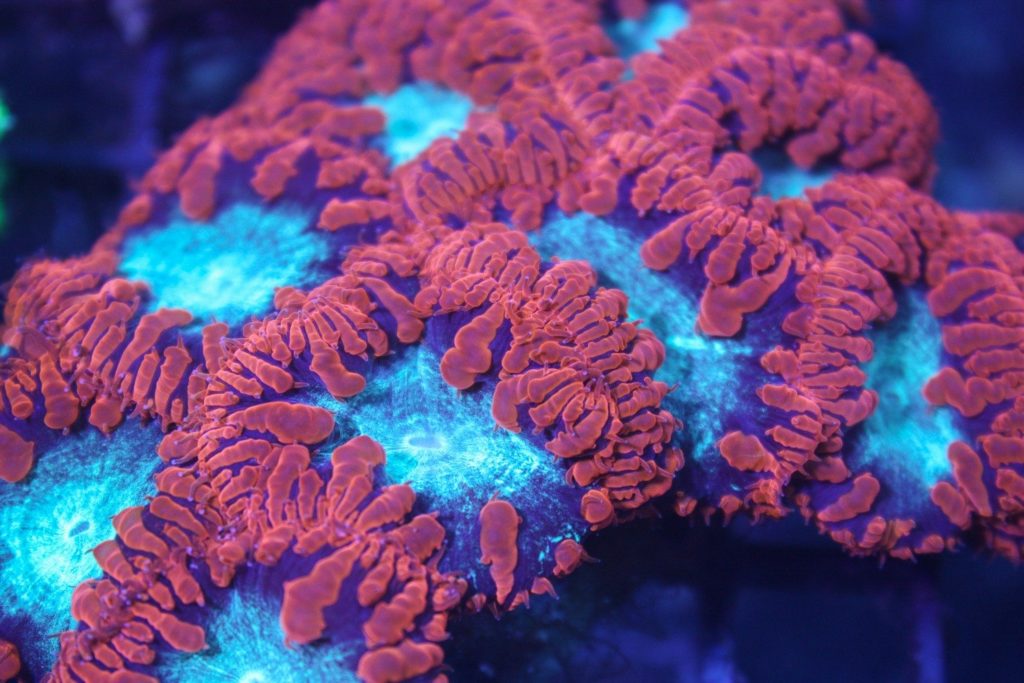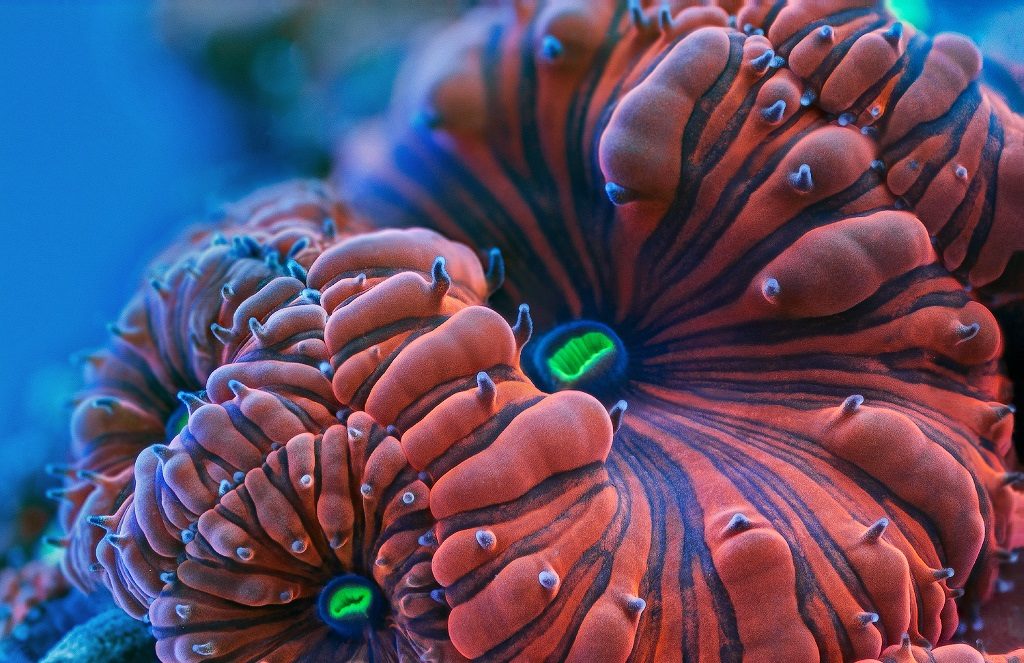Blastos Coral Care
Blastos corals are a popular choice for many reef keepers due to their vibrant colors and easy care. However, caring for these beautiful corals can be a challenge for beginners. In this article, we'll go over the basics of blastos coral care and how to keep your coral healthy and thriving.
Pain Points of Blastos Coral Care
One common issue with blastos coral care is providing the right amount of light. If the light is too strong, the coral may become bleached, while too little light can cause the coral to become retracted and discolored. Another issue is maintaining stable water parameters, such as temperature and pH, which can impact the coral's health and growth. Finally, blastos corals are sensitive to changes in water flow, so it's important to make sure the flow is not too strong or too weak.
The Target of Blastos Coral Care
The target of blastos coral care is to create an environment that mimics their natural habitat. This includes providing the right amount of light, maintaining stable water parameters, and ensuring adequate water flow. By doing so, you can encourage healthy growth and vibrant coloration in your coral.
Summary of Blastos Coral Care
To care for your blastos coral, it's important to provide the right lighting, stable water parameters, and appropriate water flow. Regular water changes and maintaining a clean aquarium can also help keep your coral healthy and thriving.
Lighting and Blastos Coral Care
When it comes to lighting, blastos corals prefer moderate to low levels of light. LED light fixtures and T5 fluorescent bulbs are popular choices among reef keepers, as they provide the right spectrum of light and can be adjusted to various intensities. Make sure to gradually acclimate your coral to new lighting conditions to avoid shock.
Personally, I have found success with a 24W LED aquarium light that provides a moderate amount of light. However, the exact lighting requirements may vary depending on the specific species of blastos coral.

It's also important to monitor the light cycle and provide the coral with at least 8-10 hours of light per day. Too much or too little light can have negative impacts on the coral's health and growth.
Water Parameters and Blastos Coral Care
Maintaining stable water parameters is crucial for the health of your blastos coral. Temperature should be kept between 74-78°F, with a pH range of 8.0-8.3. Weekly water changes of 10-20% can also help maintain water quality and prevent the buildup of harmful nitrates and phosphates.
Personally, I monitor my water parameters regularly using a digital testing kit and make adjustments as necessary. By keeping the water clean and stable, I've been able to maintain healthy and vibrant blastos corals in my aquarium.

Water Flow and Blastos Coral Care
As mentioned earlier, blastos corals are sensitive to changes in water flow and require moderate to low flow. High flow can cause the coral to retract and can damage its soft tissue, while low flow can cause debris and detritus to accumulate on the coral, leading to health issues.
I have had success with a moderate level of water flow in my aquarium, achieved through a combination of powerheads and wave makers. By ensuring adequate flow, I've been able to maintain healthy and thriving blastos corals.
Frequently Asked Questions - Blastos Coral Care
Q: Can blastos corals be kept in a nano reef tank?
A: Yes, blastos corals can be kept in a nano reef tank as long as the lighting, water parameters, and flow are appropriate for their needs.
Q: How often do I need to feed my blastos coral?
A: Blastos corals do not require regular feeding, as they obtain most of their nutrients through photosynthesis. However, if you choose to feed your coral, make sure to do so sparingly and with appropriate food, such as small pieces of meaty seafood or coral food.
Q: Can I frag my blastos coral?
A: Yes, blastos corals can be fragged using a sharp coral saw. Make sure to follow proper safety precautions and techniques when fragging your coral.
Q: How can I prevent pests from harming my blastos coral?
A: To prevent pests such as flatworms and nudibranchs from harming your coral, regularly inspect your coral for signs of pests and quarantine any new corals before adding them to your aquarium.
Conclusion of Blastos Coral Care
By providing the right lighting, water parameters, and flow, blastos coral care can be a rewarding and enjoyable experience. Regular monitoring and maintenance can help keep your coral healthy and vibrant in your reef tank.
Gallery
Blastomussa Coral - Frag Box Corals

Photo Credit by: bing.com / coral blastomussa care fragbox ca
Blastomussa Coral
Photo Credit by: bing.com / coral blastomussa care common fragbox ca
Blastomussa Coral | Coral Of The Week | Blasto Corals

Photo Credit by: bing.com / blastomussa blasto corals blastos
Blasto Coral (Blastomussa Wellsi) | Coral, Corals For Sale, Reef

Photo Credit by: bing.com / blastomussa wellsi blasto
Blasto Coral - YouTube

Photo Credit by: bing.com / blasto